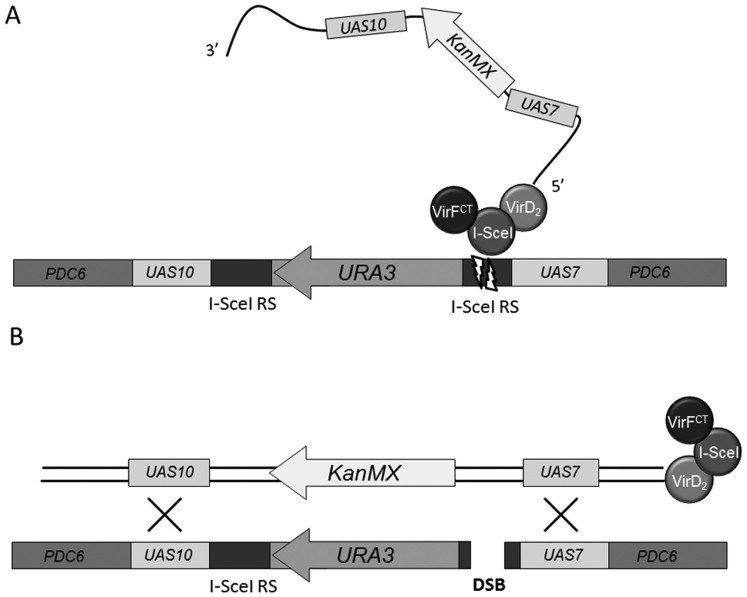Figure 1. Experimental set-up for the study of T-DNA integration via HR by the I-SceI mediated DSB formation.
(1A) The T-strand entering yeast cells is covalently attached to a fusion protein consisting of an FLAG-NLS module (not depicted in the figure), VirD2, I-SceI, and an Agrobacterium translocation signal derived from the VirF C-terminus. The I-SceI moiety induces the formation of a DSB at one or both the I-SceI recognition sites flanking the URA3 gene, which triggers DNA recombination. (1B) Precise HR of the target locus with the incoming T-strand results in the exchange of the URA3 autotrophy marker with the KanMX marker gene leading to G418 resistance as well as uracil auxotrophy. The regions on the T-strand homologous to the UAS10 and UAS7 sequences in the target locus are approximately 700 bp in length.

